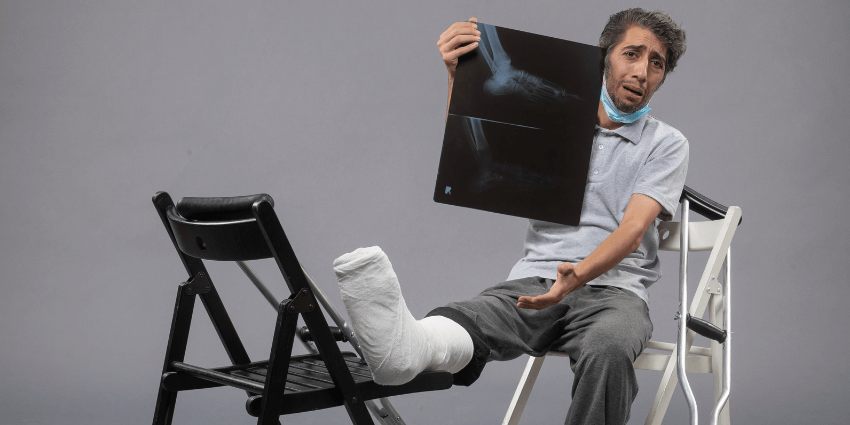Therapy Found Effective for Carpal Tunnel Syndrome
How Can Therapy Help Relieve Carpal Tunnel Syndrome?
If you’ve ever experienced that annoying tingling or numbness in your hand that just won’t go away, you might be dealing with Carpal Tunnel Syndrome (CTS). It’s more common than you might think, especially if you’re someone who spends a lot of time typing, working with your hands, or even just using your smartphone a bit too much. The beneficial news? Therapy has proven to be incredibly effective in treating this condition, so there’s some help out there.
What exactly is carpal tunnel syndrome?
Before we dive into the treatments, let’s talk a bit about what carpal tunnel syndrome actually is. Imagine a narrow passageway in your wrist (called the carpal tunnel) that houses a major nerve—the median nerve—along with some tendons. When the tunnel narrows or the tendons inside swell, the nerve experiences compression. That’s when you start feeling the classic symptoms of CTS: tingling, numbness, weakness, and even pain in your hand and fingers.
How Can Therapy Help?
Let’s focus on the crucial aspect – therapy. If you’re dealing with CTS, you don’t necessarily have to jump straight to surgery. In many cases, therapy can make a significant difference, reducing symptoms and improving hand function.
Physical Therapy: Physical therapists are like detectives for your body. They’ll assess how you use your hands and wrists and help you make changes to ease the strain on your median nerve. They might guide you through exercises that stretch and strengthen your wrist and hand muscles, improving circulation and reducing nerve compression.
Occupational Therapy: Occupational therapists focus on helping you modify your daily activities to reduce the stress on your carpal tunnel. They can suggest ergonomic tools, teach you how to adjust your work setup, and even show you different ways to perform tasks that might be contributing to your symptoms.
Hand Therapy: Specialised hand therapists combine aspects of both physical and occupational therapy. They provide exercises, manual therapy, and advice on how to use splints or braces that keep your wrist in a position that reduces pressure on the nerve.
What are the benefits of CTS therapy?
Therapy is beautiful because it is non-invasive. You’re working with your body’s natural ability to heal and strengthen itself. Here’s how it helps:
- Reduces Pain and Numbness: By improving the way you use your hand and wrist, therapy can reduce the irritation on the median nerve, which in turn lessens pain and numbness.
- Improves Hand Function: Strengthening the muscles in your hand and wrist not only relieves symptoms, but also helps you regain strength and flexibility, making it easier to do everyday tasks.
- Prevents Further Damage: Early intervention with therapy can prevent the condition from worsening, potentially avoiding the need for surgery later on.
What about other treatments?
While therapy is effective for many people, it’s not the only option. Sometimes, you might need to combine it with other treatments for the best results.
Splinting: Wearing a wrist splint, particularly at night, can keep your wrist in a neutral position, reducing nerve pressure.
Medications: Over-the-counter pain relievers like ibuprofen can help reduce inflammation and ease pain. We might recommend corticosteroid injections in more severe cases.
Surgery: If your symptoms are severe and don’t improve with therapy, surgery might be necessary to relieve the pressure on the median nerve.
Taking action early is key.
The sooner you treat Carpal Tunnel Syndrome, the better your outcome. If you’re starting to feel the telltale signs—like that annoying tingling in your fingers—don’t wait too long to get help.
Therapy offers a safe, effective way to manage symptoms and get back to doing the things you love without pain. And remember, it’s always easier to prevent a condition from worsening than to treat it after it’s become severe.
Wrapping it up
Carpal tunnel syndrome might be common, but that doesn’t mean you have to live with the discomfort. Therapy has proven to be a valuable tool in treating CTS, helping you manage symptoms and maintain hand function. If you’re dealing with CTS, consider reaching out to a physical or occupational therapist to see how they can help you get back on track.




